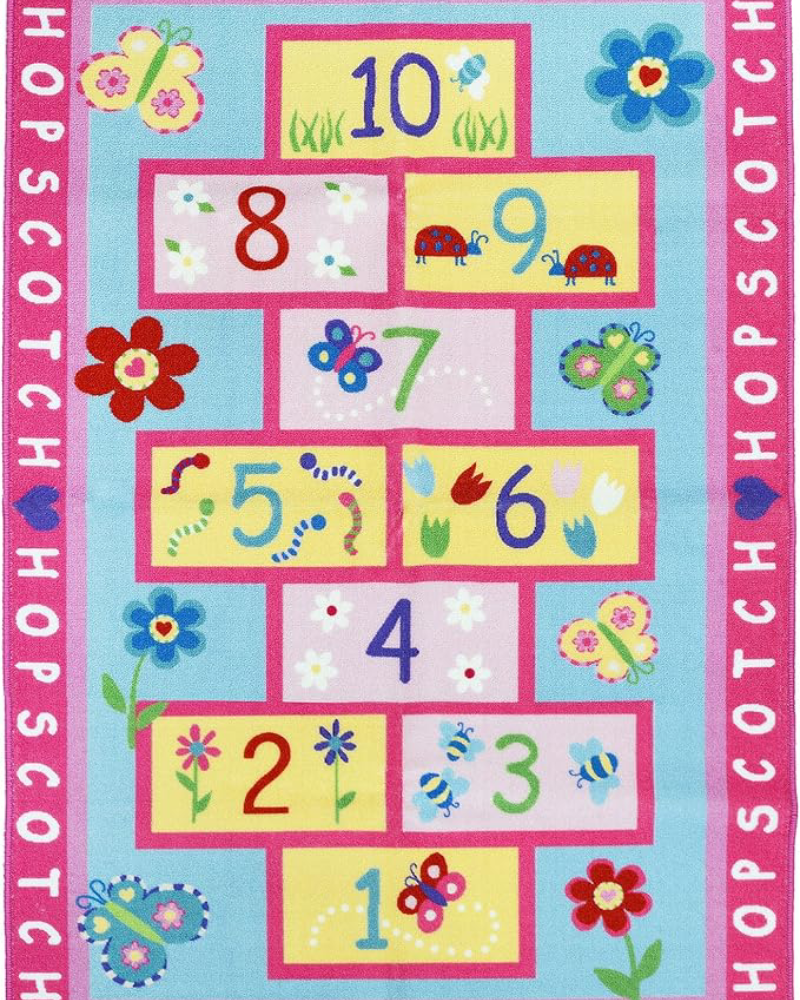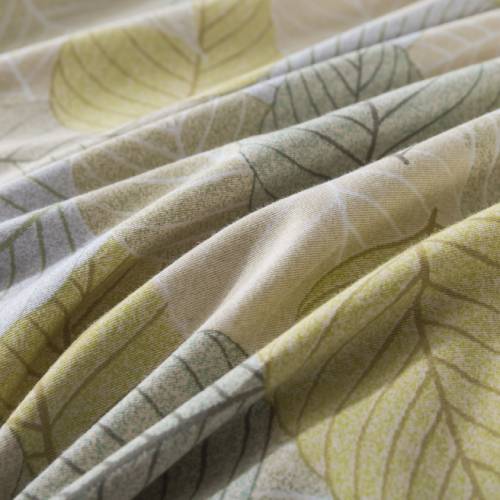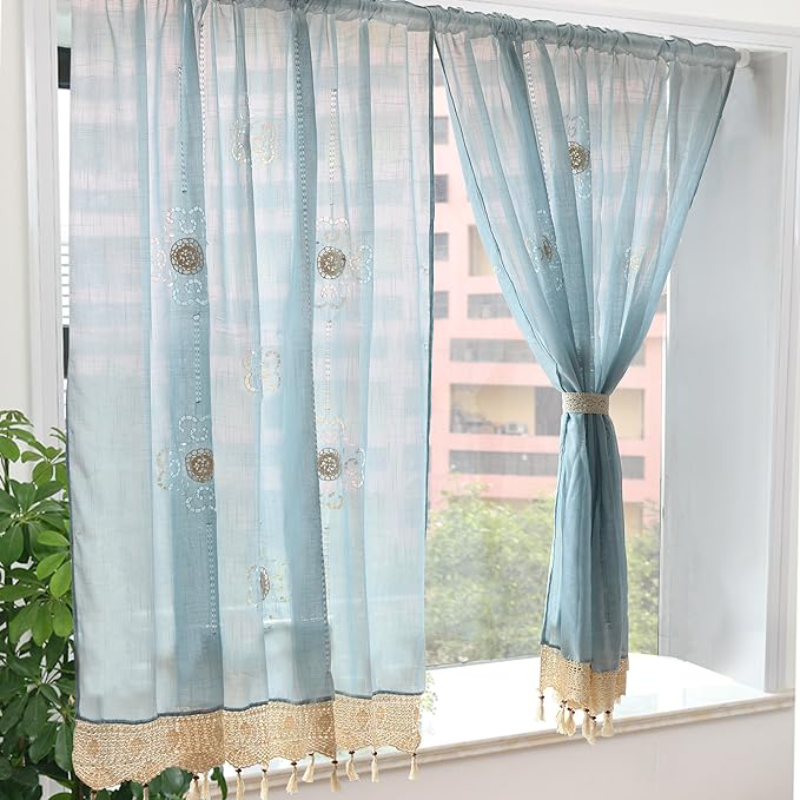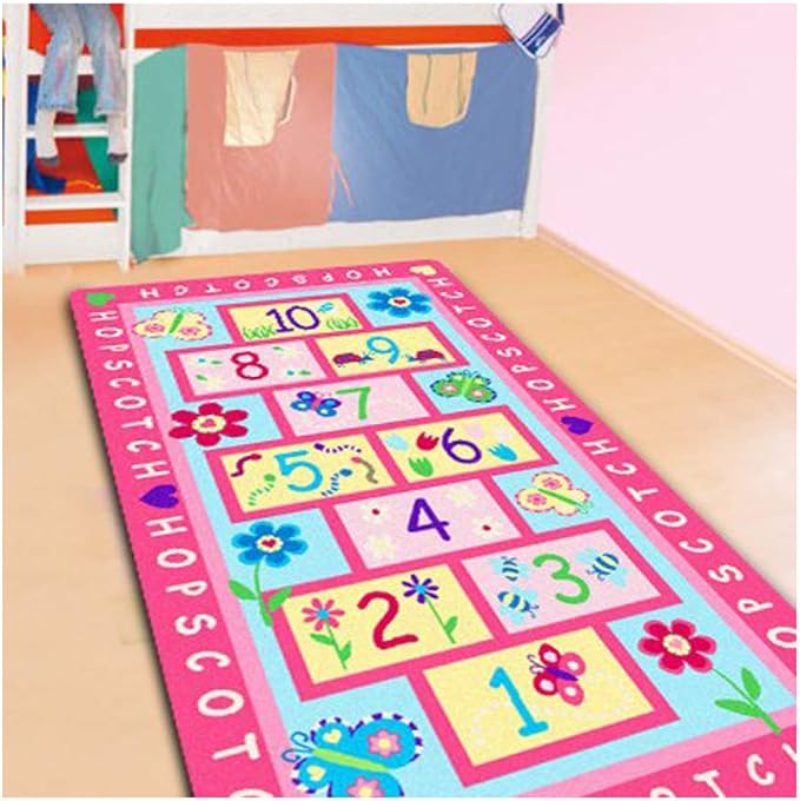Fabric dyeing is a popular way to personalize clothing, home decor, and accessories. While traditional methods involve liquid dyes and complicated processes, did you know you can dye fabric with markers? This simple and fun DIY technique allows you to create vibrant, custom designs with ease. Whether you’re a seasoned crafter or a beginner looking for an accessible project, learning how to dye fabric with markers can unlock a world of creative possibilities.
In this blog, we’ll explore the step-by-step process of using markers to dye fabric, different techniques to experiment with, and tips for achieving the best results.
Why Dye Fabric with Markers?
1. Accessibility and Convenience
Markers are a household staple, and most people already have them at home, making this method a cost-effective and accessible alternative to purchasing traditional fabric dyes. You don’t need any special equipment or expertise to get started, which is ideal for beginners or casual crafters.
2. No Mess
Unlike traditional fabric dyes, which require mixing liquids and soaking fabrics, using markers is a relatively mess-free process. There’s no need to deal with containers of dye, gloves, or splashes of liquid. Markers allow for greater control over the application of color.
3. Customization and Precision
One of the major advantages of using markers is the ability to achieve intricate, precise designs. From freehand drawings to stencils, you can create detailed patterns that are more difficult to achieve with traditional dyes. Additionally, you can blend colors, create gradients, or apply color selectively to certain areas of the fabric.
4. Fun for All Ages
Dyeing fabric with markers is an enjoyable project for both kids and adults. It’s a great activity for family crafting sessions, school projects, or even creative gifts. Since the process is simple and the materials are safe, it’s a low-risk way to get creative with fabric.
Materials Needed for Dyeing Fabric with Markers
Before we dive into the steps, here’s a list of the materials you’ll need:
- Permanent markers: These work best as they are designed to last longer and won’t wash out easily. Fabric markers or Sharpies are great options.
- Fabric: Natural fibers like cotton or linen absorb ink well, but you can use polyester or blends if needed. T-shirts, pillowcases, tote bags, or fabric scraps all work well.
- Rubbing alcohol (isopropyl alcohol): This is the key ingredient that helps the ink spread and blend into the fabric, creating a dye effect.
- Spray bottle: A spray bottle makes it easy to apply the rubbing alcohol evenly across your design.
- Plastic cups or containers: These will be placed inside your fabric (if working on shirts or bags) to prevent ink from bleeding through to the other side.
- Dropper or pipette: Useful for precise alcohol application, especially when creating small or intricate designs.
- Rubber gloves (optional): If you want to keep your hands ink-free, gloves can come in handy.
- Protective surface: Use a plastic sheet, garbage bag, or newspapers to protect your workspace from ink or alcohol spills.
Step-by-Step Guide to Dyeing Fabric with Markers
Step 1: Prepare Your Fabric and Workspace
Start by laying your fabric flat on a clean, protected surface. If you’re dyeing a piece of clothing like a T-shirt or tote bag, insert a piece of cardboard or plastic inside the item to prevent ink from bleeding through to the back.
Smooth out any wrinkles, as you want to work on a flat surface for the best results. If your fabric is new, it’s a good idea to pre-wash it to remove any sizing or chemicals that might interfere with the ink absorption.
Step 2: Create Your Design with Markers
Now it’s time to get creative! Using your permanent markers, start drawing directly onto the fabric. You can:
- Freehand draw: Sketch out patterns, doodles, or abstract designs.
- Use stencils: For clean, geometric shapes or letters, use stencils to trace designs onto the fabric.
- Color block: If you prefer bold areas of color, simply fill in large sections of the fabric with your chosen marker colors.
Don’t worry too much about blending at this stage—this will happen later when you apply the rubbing alcohol. Focus on laying down your design and experimenting with different colors.
Step 3: Apply Rubbing Alcohol
Once you’re happy with your design, it’s time to create the dye effect. Fill a spray bottle with rubbing alcohol and lightly mist the fabric. As the alcohol hits the ink, you’ll notice the colors start to spread and blend, creating a watercolor-like effect.
If you’re working with small, specific areas, use a dropper or pipette to apply alcohol precisely where you want the colors to blend. For larger areas, the spray bottle will distribute the alcohol evenly.
Be careful not to oversaturate the fabric. Start with a light mist and gradually add more alcohol as needed. The more alcohol you use, the more the ink will spread, so experiment with different levels to achieve your desired effect.
Step 4: Let the Fabric Dry
After applying the alcohol, let your fabric air dry completely. This can take a few hours, depending on how much alcohol was used and the humidity in your environment. To speed up the process, you can use a hair dryer on a low setting or place the fabric outside in a sunny spot.
Make sure the fabric is completely dry before moving on to the next step.
Step 5: Set the Design
To ensure your design stays vibrant and doesn’t wash out, you’ll need to heat-set the ink. This can be done by ironing the fabric on a low heat setting (no steam) for a few minutes. Place a thin cloth or towel between the iron and your fabric to prevent scorching or damaging the design.
Alternatively, you can tumble dry the fabric on a low heat setting for about 20-30 minutes. Heat setting is essential for ensuring the longevity of your design, especially if you plan to wash the fabric later.
Step 6: Wash and Care
Once your fabric is heat-set, it’s ready to use! If you plan to wash the item, wait at least 24 hours after dyeing to allow the ink to fully set. When washing, use cold water and mild detergent to help preserve the colors. Hand-washing is ideal, but you can also use a gentle cycle on your washing machine.
Avoid using bleach or harsh chemicals, as these can fade the colors. Air drying is preferable to machine drying, as it will help keep your design looking vibrant.
Techniques to Experiment With
Dyeing fabric with markers offers endless possibilities for creativity. Here are a few techniques to try:
1. Ombre Effect
To achieve an ombre effect, use markers in different shades of the same color and apply rubbing alcohol to blend them seamlessly. Start with the darkest shade at one end of the fabric and gradually fade into lighter shades as you move across the fabric.
2. Tie-Dye Inspired Designs
Create a faux tie-dye effect by drawing circular patterns or random shapes with different colors. Apply rubbing alcohol in the center of each design and watch the colors spread outwards in a tie-dye fashion.
3. Abstract Art
For a more abstract look, use random strokes and shapes with your markers, then spray with rubbing alcohol to blur and blend the colors. The result will be a unique, one-of-a-kind piece of art that looks like a watercolor painting.
4. Stencil Designs
If you prefer clean lines, use stencils to draw precise shapes or letters. Apply the rubbing alcohol carefully to blend the ink within the stencil design without affecting the sharp edges.
Tips for Best Results
- Use high-quality markers: Not all markers will produce the same results. Permanent markers, such as Sharpies or fabric markers, are designed to last and provide the most vibrant colors.
- Test on scrap fabric: Before starting on your final project, test your markers and alcohol on a small piece of fabric to see how the colors will spread and blend.
- Don’t oversaturate with alcohol: Using too much rubbing alcohol can cause the colors to bleed uncontrollably. Start with small amounts and gradually add more as needed.
Conclusion
Dyeing fabric with markers is a fun, creative, and mess-free way to personalize your clothing, home decor, or accessories. With just a few simple materials, you can create vibrant, custom designs that reflect your style. Whether you’re looking to add a pop of color to a T-shirt, create a unique pillowcase, or experiment with abstract art, this DIY technique offers endless possibilities for creativity.
Give it a try, and let your imagination run wild!







